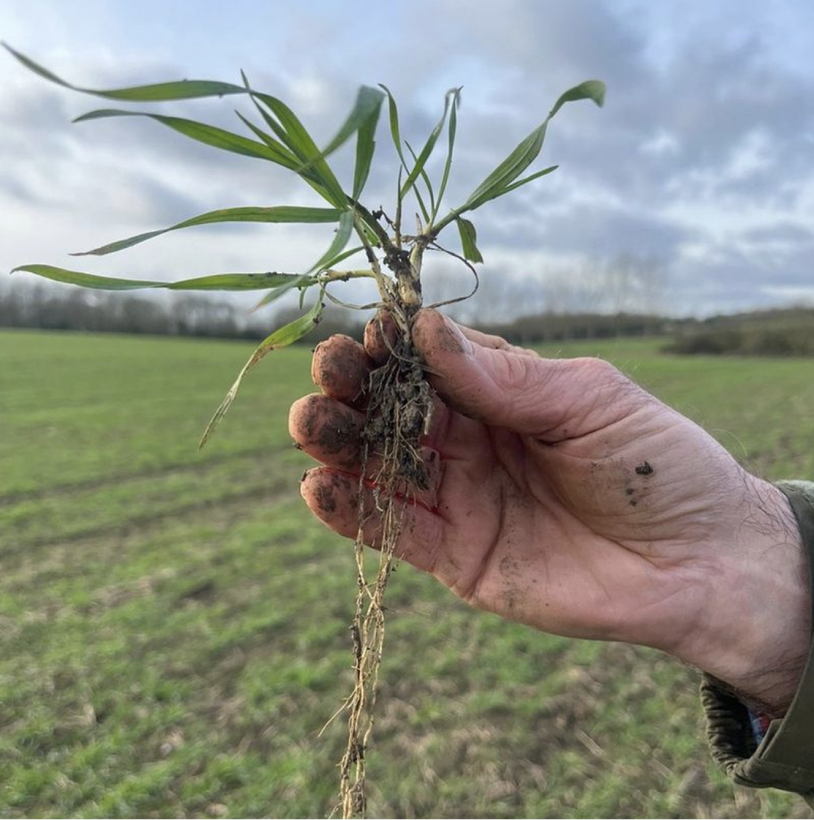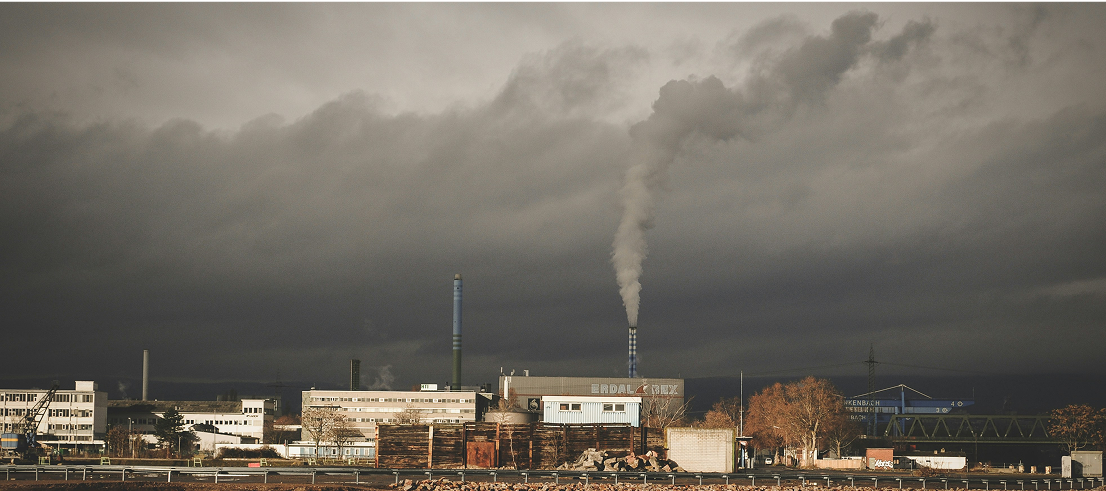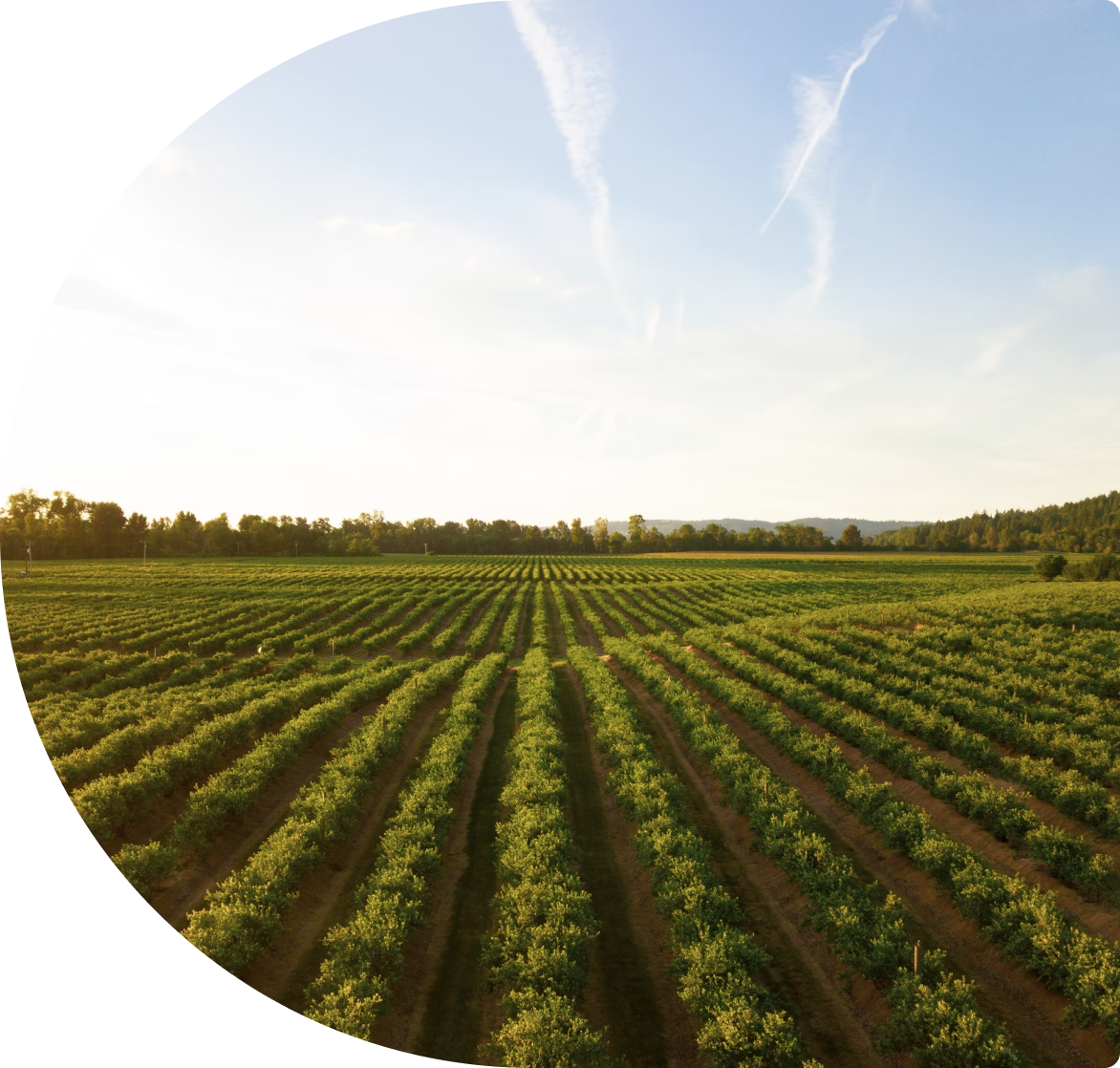Take your organisation to the next level!
Carbon Removals
Businesses and organisations worldwide are making great efforts to reduce emissions in pursuit of net zero. This is more straightforward for activities within direct control. However, some functions, like commuting and complex supply chains will be harder to de-carbonise. By 2050, some companies will likely still have some residual emissions left over from these hard-to-abate activities. Net zero will be challenging to achieve without neutralisation. This is where carbon removals come in. Carbon removals involve processes and activities which physically remove carbon from the atmosphere. Carbon Removals can be delivered through nature-based solutions like afforestation and regenerative agriculture, and have large impacts on supply products and services that make significant use of land.
The business case for investing in carbon removals within your value chain
Businesses that invest in carbon removals:
- Boost their ESG portfolio by creating more projects with socio-economic and environmental co-benefits.
- Reduce emissions and remove carbon in parallel, making climate action more achievable, even as scope and ambition increase.
- Meet net-zero targets with confidence by addressing unavoidable residual emissions.
- Stay on track for SBTi compliance by integrating removals into long-term climate plans.
- De-risk exposure to climate impacts, strengthen operational resilience, protect natural capital and secure supply chains over the long term.
- Boost revenue by attracting more environmentally-conscious customers.
- Utilise the carbon removal capability of their operations and/or value chain (e.g natural capital and surplus food waste) in pursuit of net zero, when decarbonisation is often complex and expensive.
- Build resilience to thrive irrespective of changing political priorities, net-zero policies and climate regulations.
- Reduce exposure to uncertainty and future costs by proactively managing decarbonisation transition risks.
- Safeguard and grow brand reputation by aligning with rising consumer demand for low-carbon products.

How can we help you on your carbon removal journey?
One Carbon World are experts in measuring the carbon you capture! Whether you’re a FLAG-sector company or an organisation looking to invest in pursuit of your 2050 net-zero target, we can support you in measuring carbon removals across your value chain through a comprehensive baseline inventory in line with the most robust accounting standards and methodologies. We can help you measure removals progress through a dedicated measurement cycle and the development of a bespoke strategy to support you in increasing your carbon removals through insetting activities. Our approach helps you to ensure compliance with standards such as SBTi FLAG and the GHG Protocol Land Sector and Removals Guidance.

Duncan Farrington, one of our regenerative agriculture heroes at the Farrington Oils farm

Identifying lands with highest carbon removals potential
Value chain and beyond value chain mitigation services - suitability, verification and history checks.

Robust Governance
Value chain and beyond value chain mitigation services - suitability, verification and history checks.

Holistic sustainability benefits
Value chain and beyond value chain mitigation services - suitability, verification and history checks.
Our Approach

Our approach has been designed in line with core accounting standards and methodologies: GHG Protocol Land Sector and Removals Guidance and IPCC Guidelines for National Green house Gas Inventories (AFOLU). We utilise a combination of GIS satellites and farm-level data to ascertain a high-level assessment of baseline carbon stocks for land assets in your value chain. We then identify hotspots of sites with high carbon removal potential to develop a tailored strategy for primary data collection.
Our expert team will coordinate data collection through site visits and provide training to support your organisation in collating this information going forward. We maximise opportunities for techniques such as remote sensing to increase the measurement scale for biomass carbon stocks and reduce cost burdens associated with on-ground measurement.
.svg)
Geospatial Baseline Analysis
We conduct desktop analysis using geospatial data and information on your current land use & land management practices. This data is combined with international (Tier 1) or sub-national (Tier 2) carbon stock factors to provide a high-level estimate of baseline carbon stocks for identified sites in your value chain and identity hotspots for direct measurement.

On-Site Carbon Measurement
We will use on-farm measurements and surveys to obtain LSRG compliant primary carbon stock data at locations which present the highest carbon sink potential. Our expert team of Agronomists will support you with conducting these measurements. This data will be analysed to estimate carbon stocks at the highest level of resolution. Data from steps 1 & 2 will be used to support biomass calculations where required.
.svg)
Scalable Carbon Modelling
Primary data for selected sites will be extrapolated and stratified, and combined with models which statistically represent baseline carbon stock estimates for additional farms/growing areas (with similar biomass/soil types) in your value chain. This reduces the cost/resource burden of measuring all farms and increases the scability of assessment. We then utilise a combination of modelling and measurement to calculate carbon removals for a specific period for each carbon pool.
We utilise stratification techniques to represent carbon stocks for the defined spatial boundary using a subset of samples for soil organic carbon and provide a statistical measurement of uncertainty for all carbon pools. We will support you with ongoing monitoring, reporting and verification (MRV) by developing bespoke systems and models. We will use these processes to quantify removals for accounting in line with specific reporting frequencies. Going above and beyond, we take this work further by supporting you with SBTI target development and validation and specific insetting strategies to help your business increase its carbon removal potential.
Deliverables
We are proud to work with these clients who are leading the way to measure their removals

The largest agribusiness in Kenya and leader in the growing and processing of tea, coffee, avocado, and macadamia nuts.

Industrial Promotion Services (IPS) is the infrastructure and industrial development arm of the Aga Khan Fund for Economic Development (AKFED), which is an affiliate of the Aga Khan Development Network (AKDN). IPS’ core sectors include agroindustry, renewable power, telecommunications and healthcare

For over 75 years the trusted supplier of avocados, fresh fruits, and plant based products to international retail, foodservice, and wholesale customers
Preparing your business to meet changing requirements for forests, land and agriculture
The new requirements for carbon removals under SBTi’s new FLAG standard
SBTi has acknowledged this challenge by developing a new standard and targets specific to the FLAG sector. Companies must set specific targets to reduce emissions from FLAG activities such as forestry and soil management, livestock, and fertiliser application.

There are two reduction targets:
- A 5-10 year near-term target
- A long-term target which requires eligible companies to reduce FLAG emissions by at least 72% by 2050.
The new standard allows companies in this sector to maximise the vast carbon removal potential of natural assets in their value chains, helping them balance and net their emissions in pursuit of their FLAG targets.






.png)
